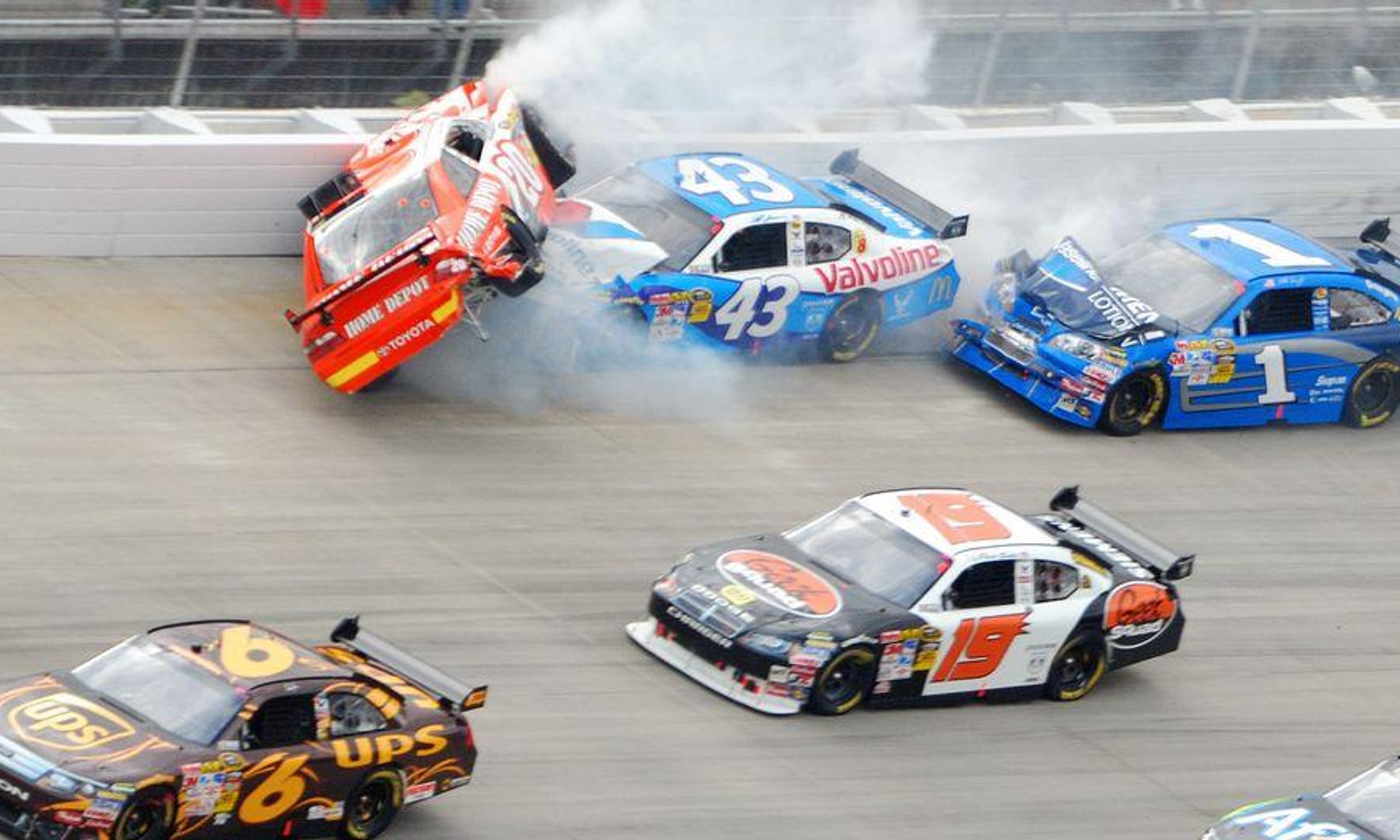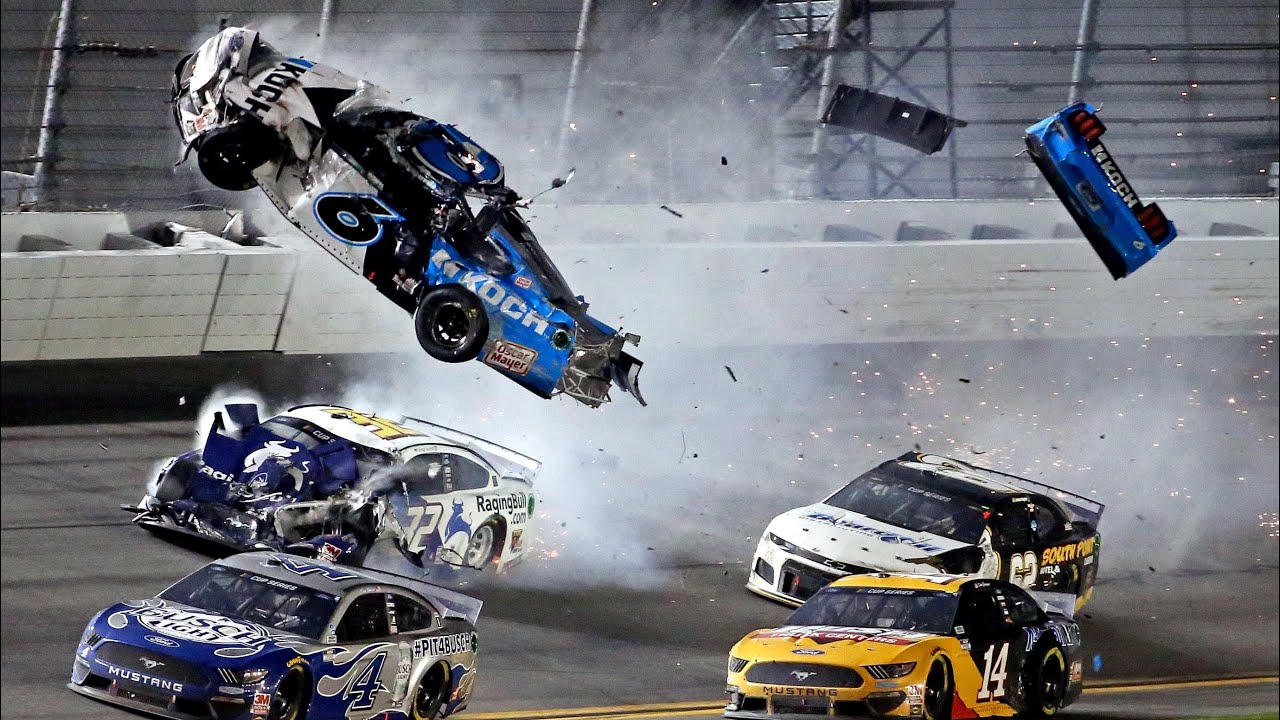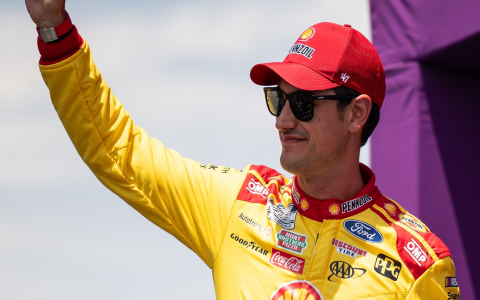How Many NASCAR Drivers Have Died During a Race
NASCAR, known for its thrilling high-speed races and a fervent fan base, is more than just a sport; it embodies a culture of speed, competition, and, at times, tragedy. The question of how many NASCAR drivers have died during a race brings to light the inherent risks associated with auto racing. Over the decades, while safety improvements have drastically reduced incidents, the history of NASCAR includes moments that remind us of the dangers drivers face on the track.
From its inception in the late 1940s, NASCAR has seen its share of tragedies. The first recorded death in a NASCAR-sanctioned event occurred in 1952 when Larry Mann lost his life during a race. This marked the beginning of a dark chapter in the sport’s history, which has seen several drivers tragically perish due to on-track incidents. Overall, the professional NASCAR series has documented 32 driver fatalities, with a majority occurring prior to the mid-2000s.

One of the most significant incidents was the death of Dale Earnhardt, a legendary figure in the sport, who died during the final lap of the 2001 Daytona 500. Earnhardt’s death prompted a significant overhaul of safety regulations in NASCAR, leading to the implementation of mandatory safety features such as the HANS device (Head and Neck Support) and improved car designs that absorb impact more effectively. This shift not only paid tribute to Earnhardt’s legacy but also underscored the importance of driver safety.
The fatalities that have taken place in NASCAR have not only been tragic individual losses but have also catalyzed industry-wide changes aimed at enhancing safety. For example, after Earnhardt’s demise, a comprehensive evaluation of track safety barriers initiated numerous upgrades. Today, many tracks feature SAFER barriers (Steel and Foam Energy Reduction), designed to minimize the impact force during collisions.
Although there have been fewer fatalities in recent years, racing remains an inherently dangerous sport. It is worth noting that other forms of auto racing, including open-wheel racing, often record higher fatalities than NASCAR, partly due to differences in car design and track structures. In NASCAR, the stock cars are built with safety as a priority, leading to a remarkable change in the fatality rate.
While discussing the historical context of driver fatalities, it is crucial to highlight the dedicated efforts made by NASCAR officials, teams, and drivers themselves in promoting safety. Ongoing educational programs focusing on driver safety, the active participation of the NASCAR Driver Council, and increased involvement in research for safety technologies are just some of the initiatives aimed at preventing accidents.
Despite the sport’s improvements, the question remains: are NASCAR races completely safe? While no sport can guarantee absolute safety, the advancements made in NASCAR over the last two decades demonstrate a commitment to minimizing risk. The implementation of new safety measures and thorough investigations following incidents show a proactive approach to ensure the well-being of drivers.
As fans continue to gather at tracks nationwide, the spirit of racing lives on. The stories of those we have lost serve as reminders of the courageous individuals who pursue their passion behind the wheel. Research and development in automotive safety technology, along with rigorous enforcement of safety protocols, reflect a landscape where the lessons of the past inform the choices of today.
Moving forward, NASCAR will continue to evolve, balancing the thrill of racing with the imperative of safety. While the number of drivers who have died during races is a somber element of NASCAR’s history, it is also a catalyst for progress. The sport stands as a testament to resilience, as drivers and fans rally together to honor those who made the ultimate sacrifice for their passion.
As we look at the future of NASCAR, one hopes the sport will continue to prioritize safety, ensuring that the exhilarating races can be enjoyed without the shadow of tragedy hanging over them. Drivers are undeniably brave, facing both the highs and the risks of their thrilling profession, proving yet again that in this sport, speed is just as closely tied to responsibility as it is to excitement.




